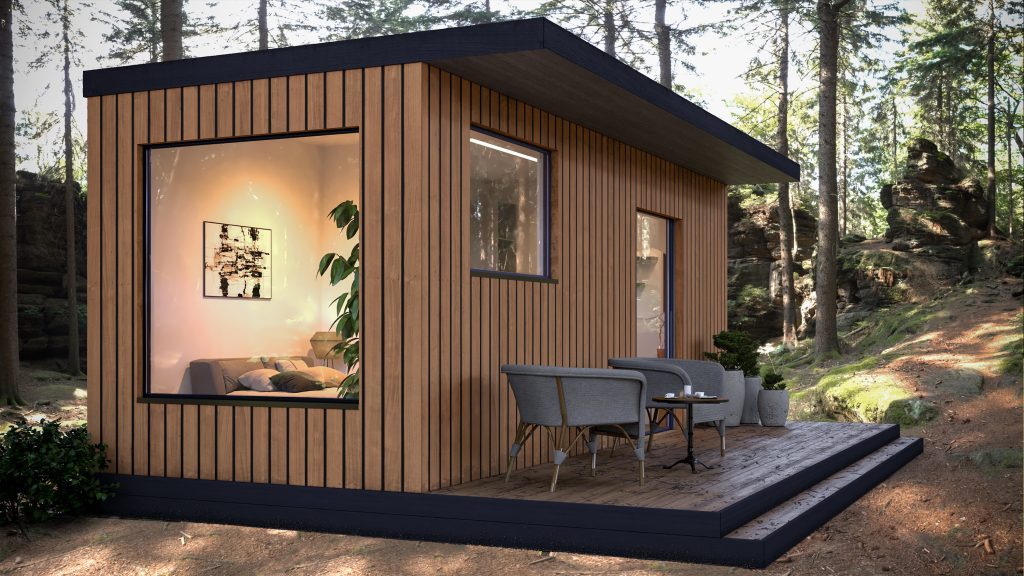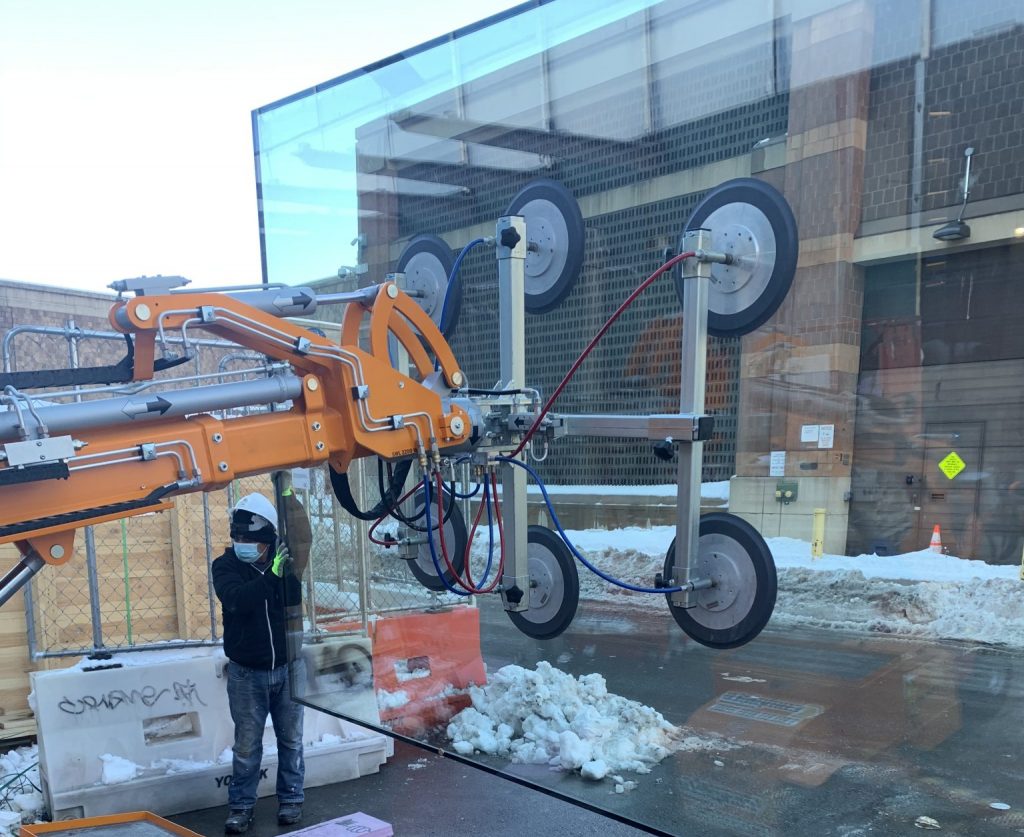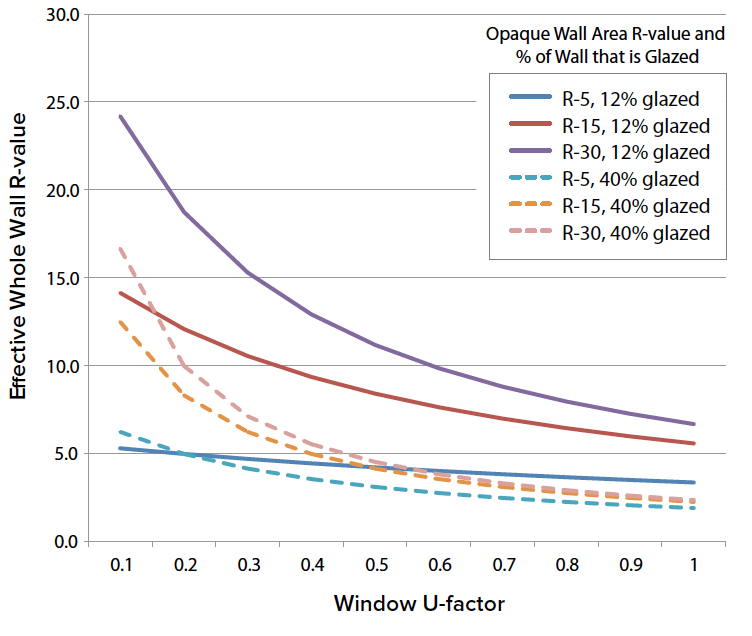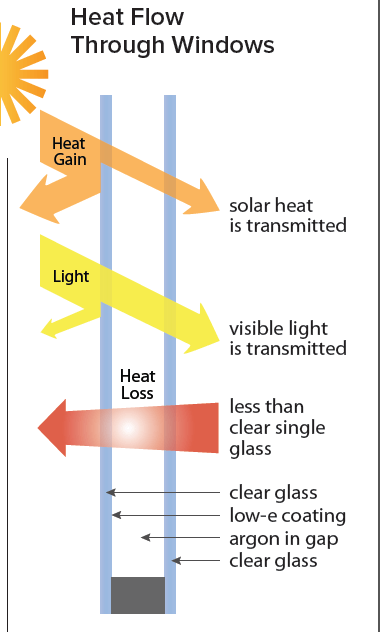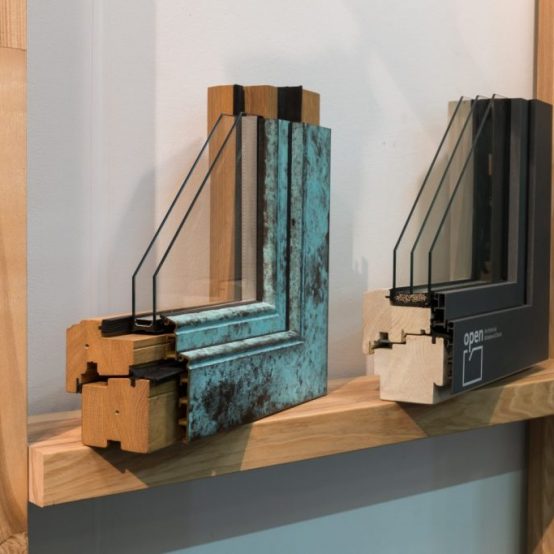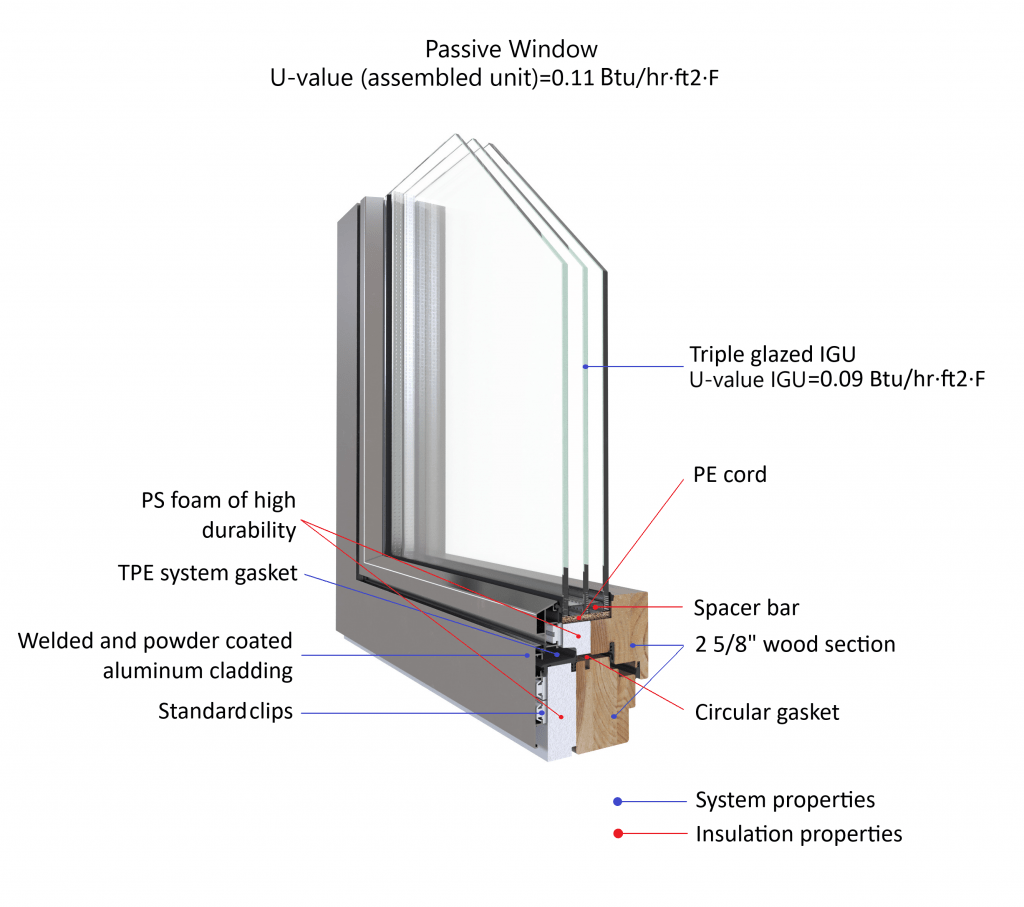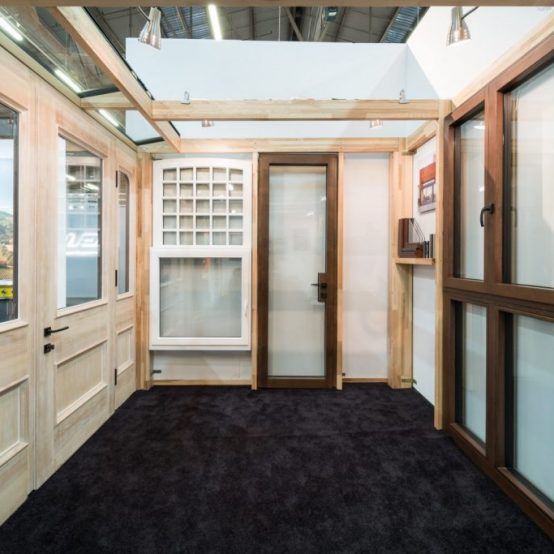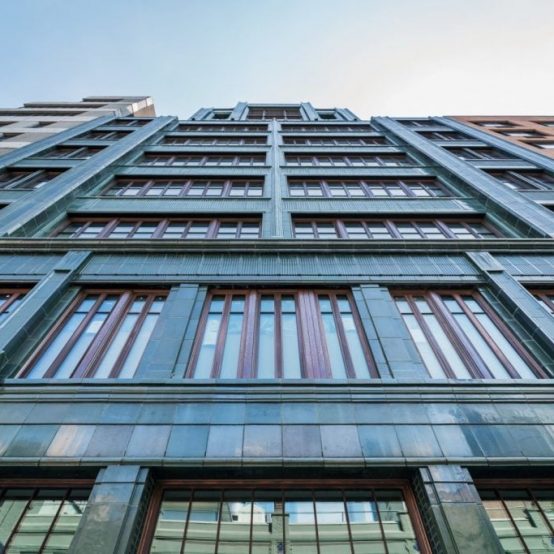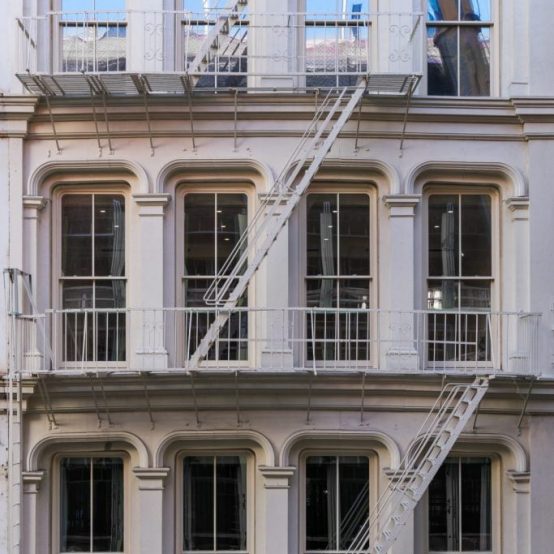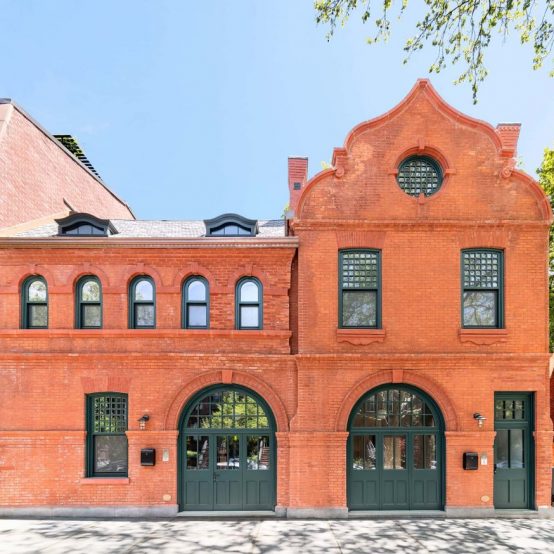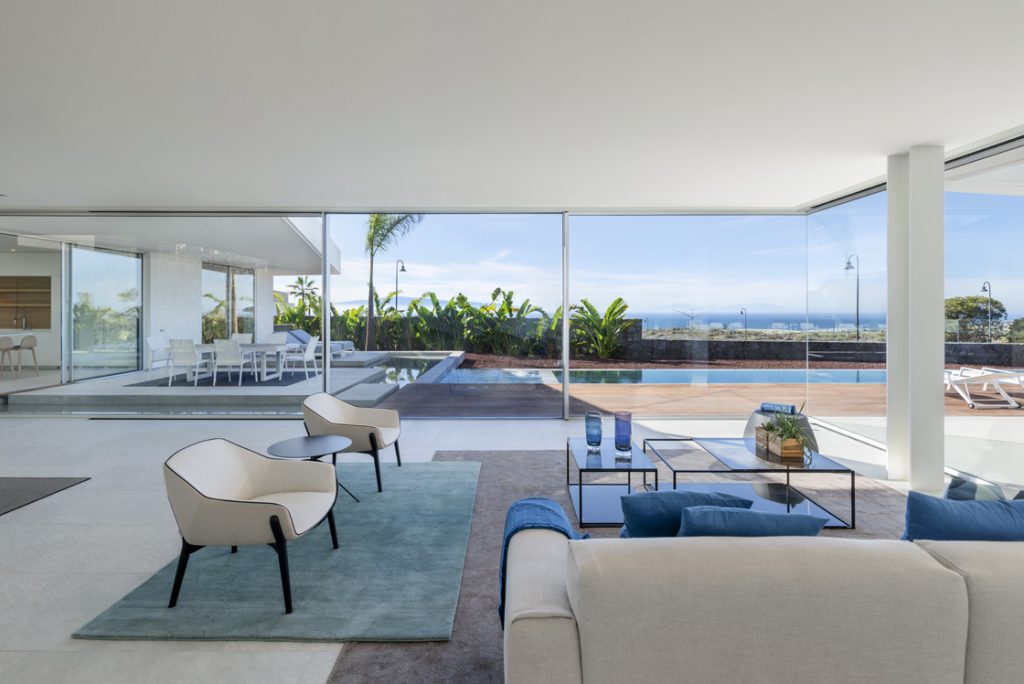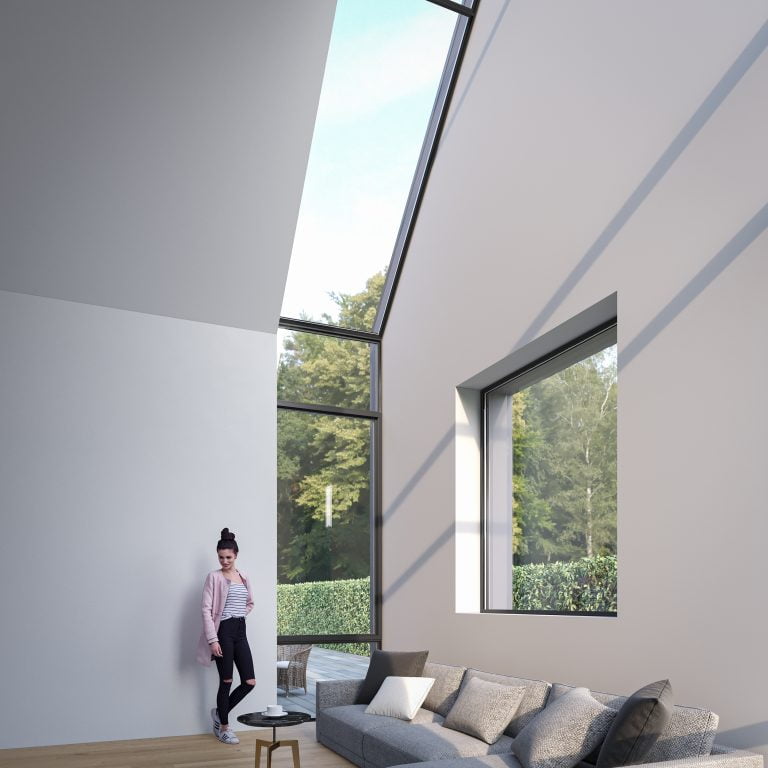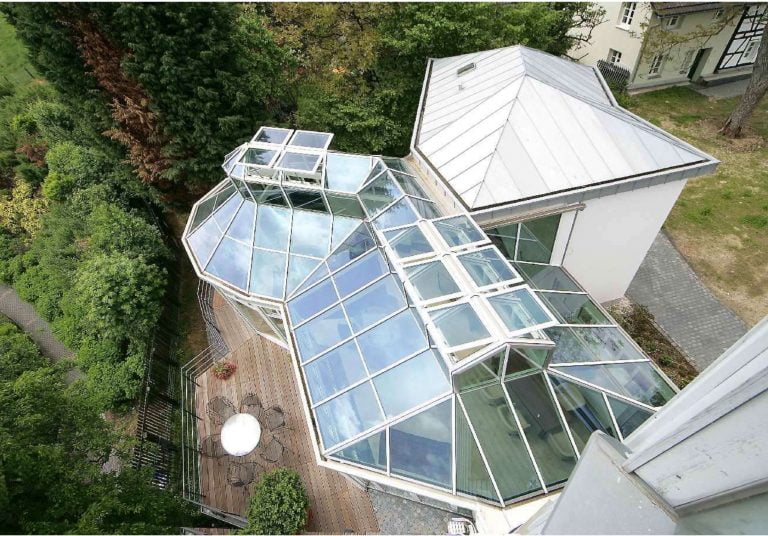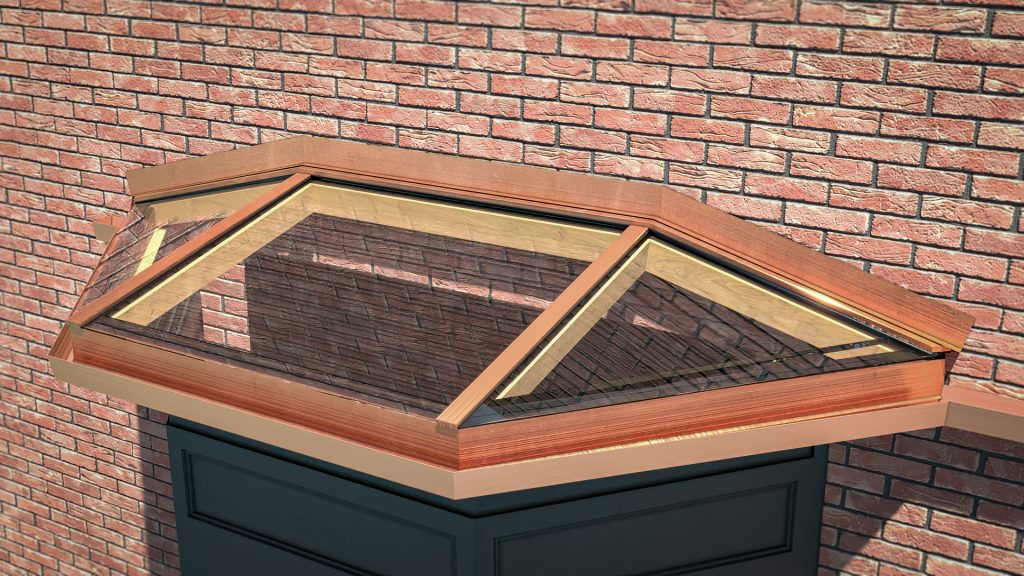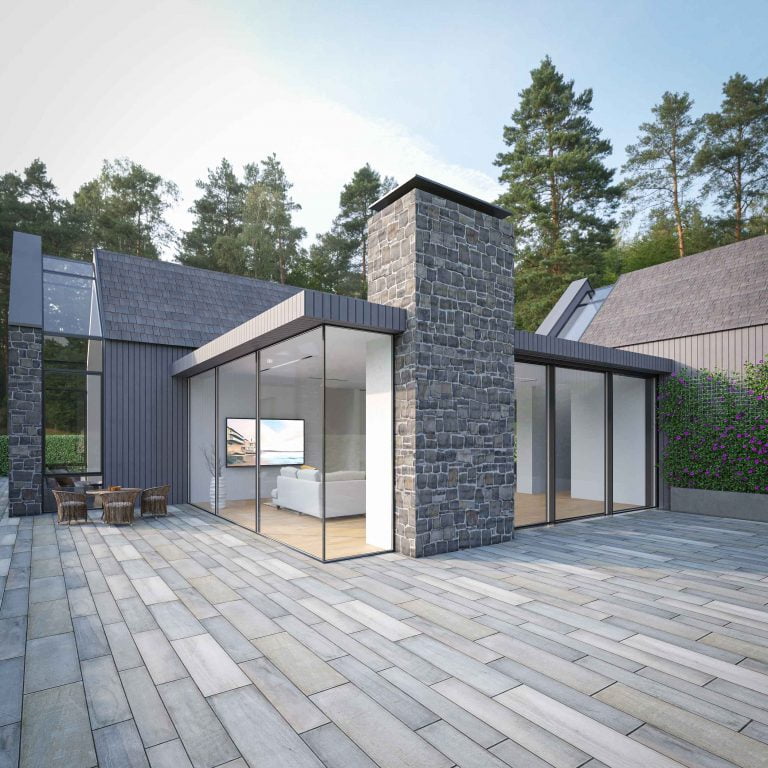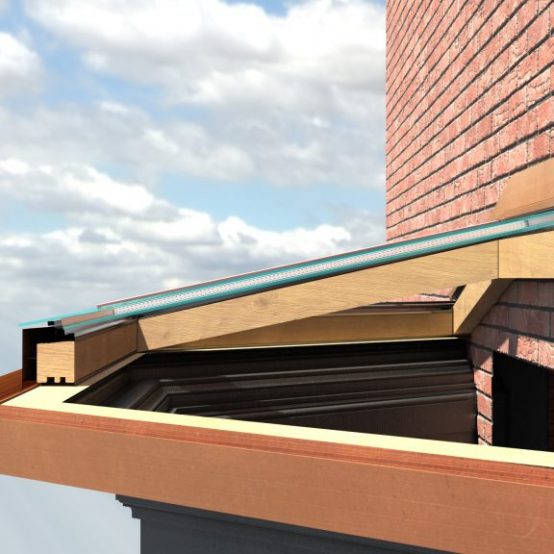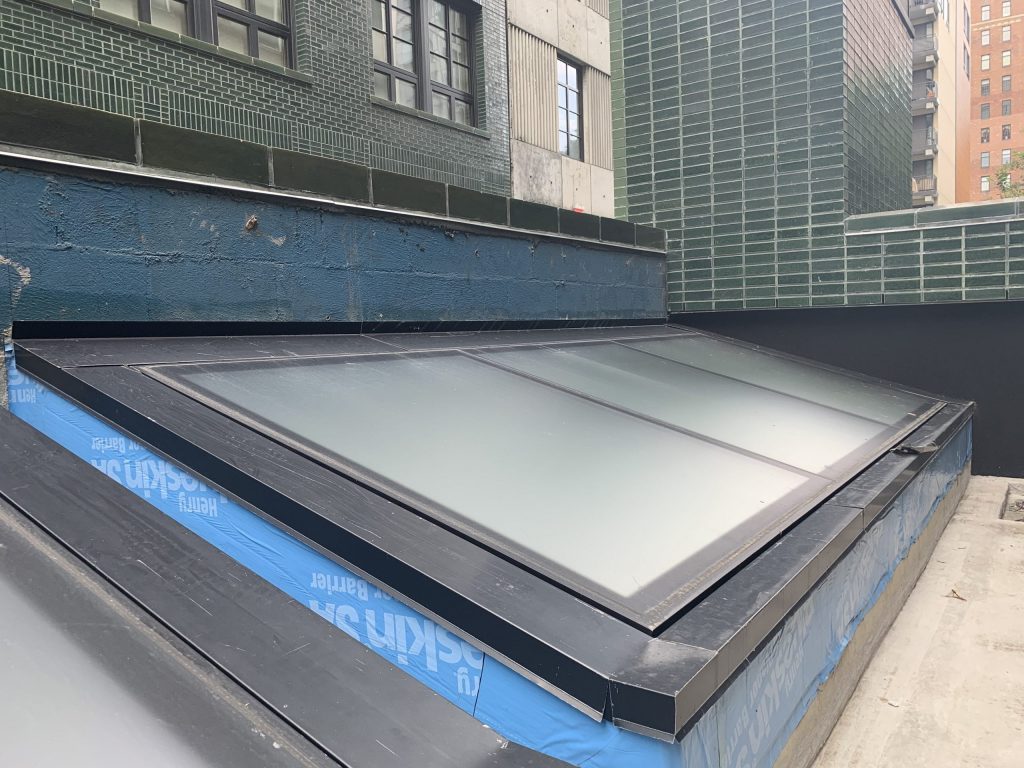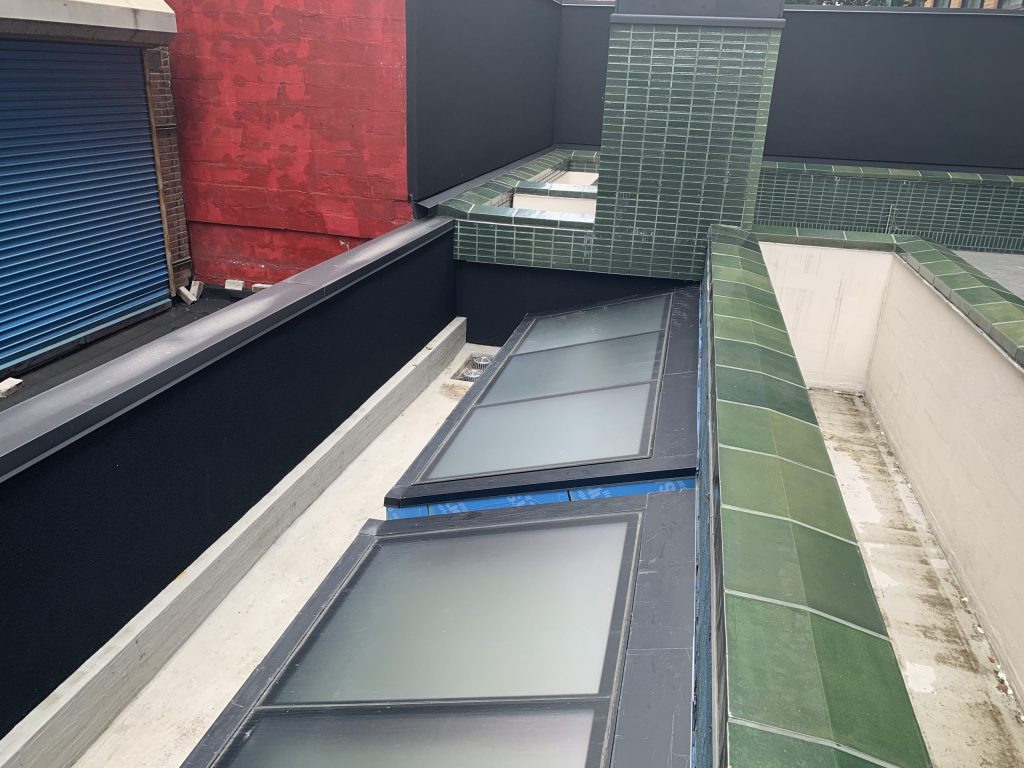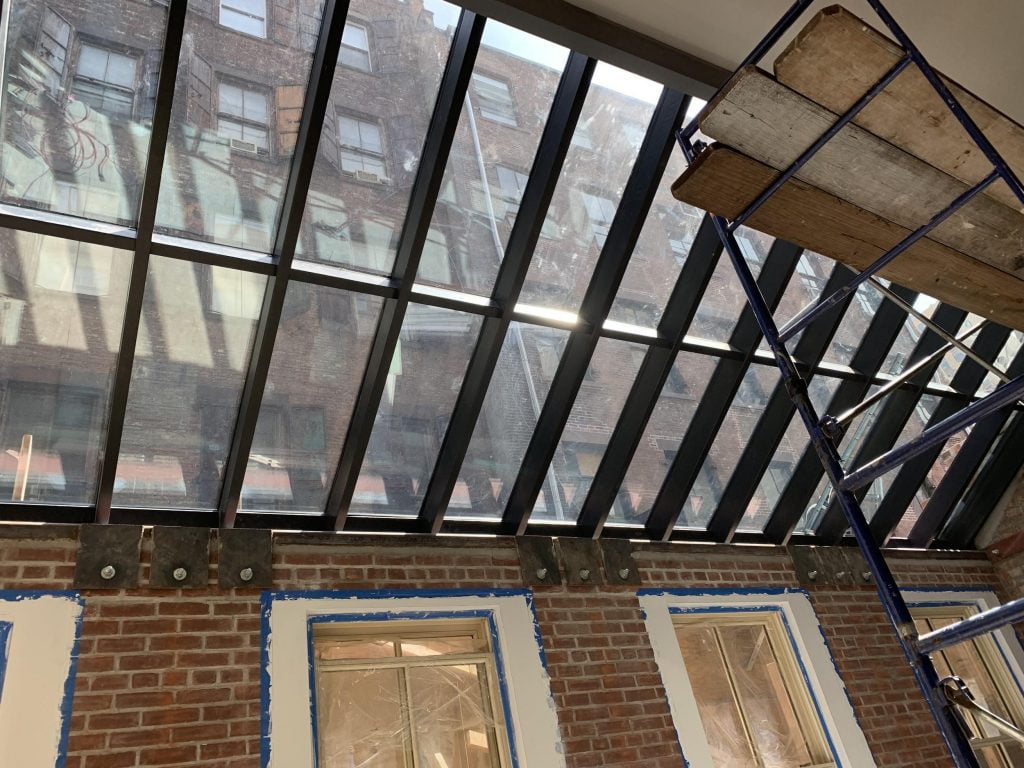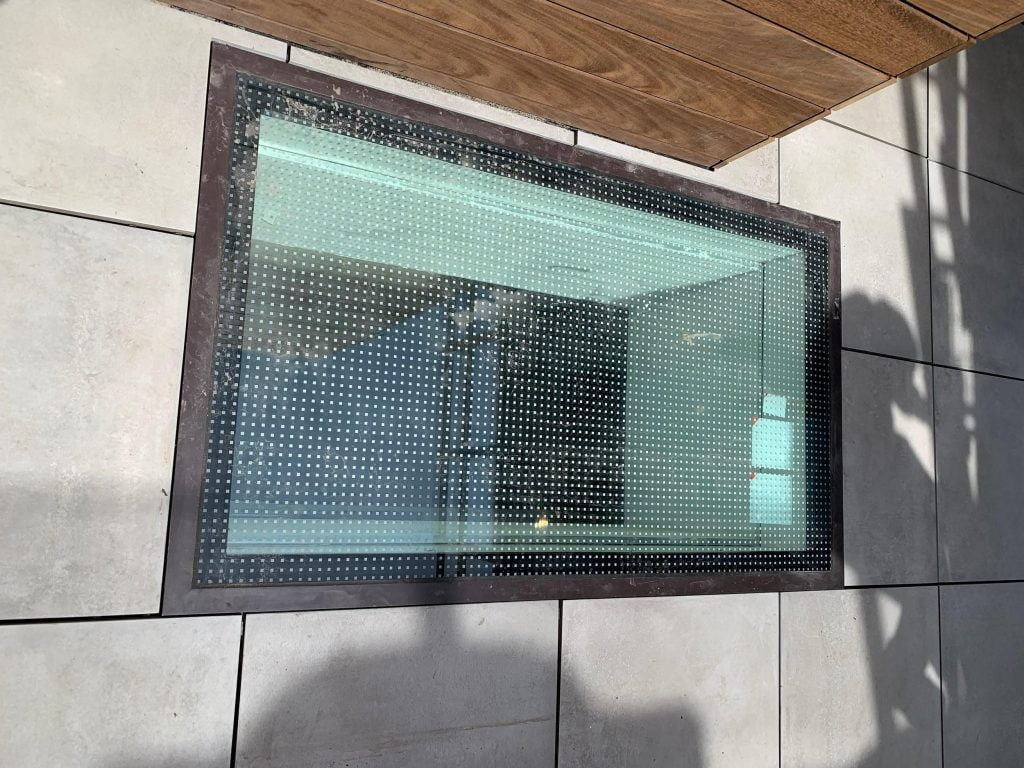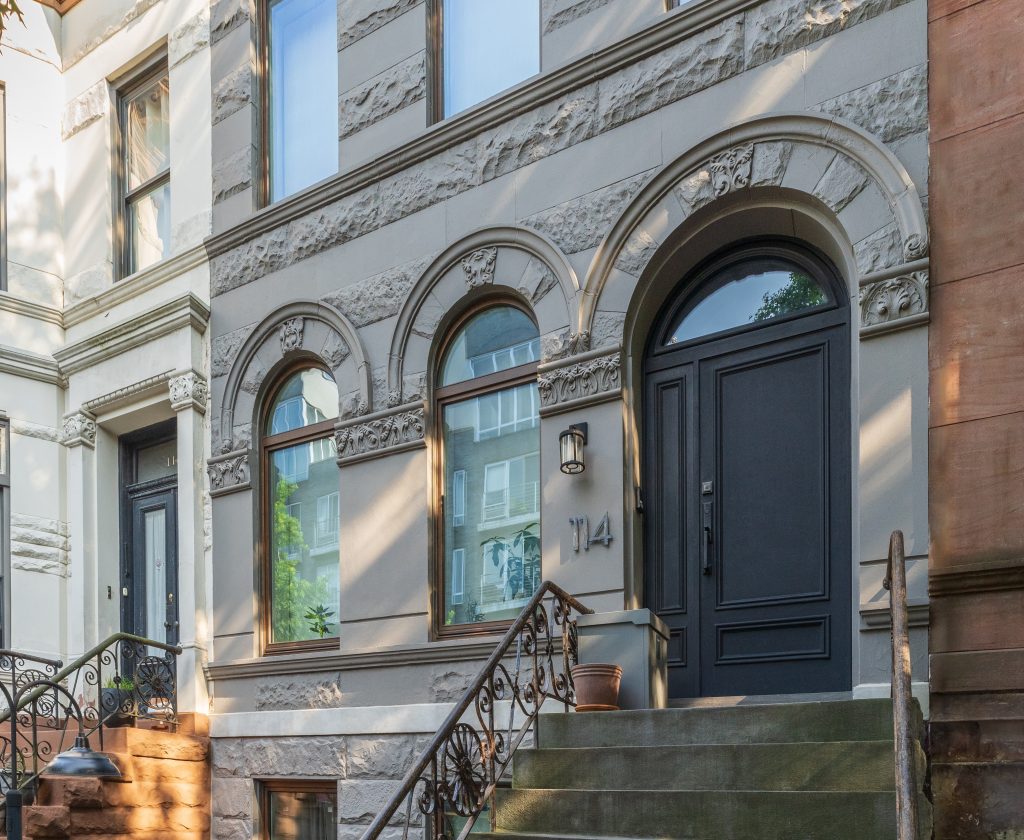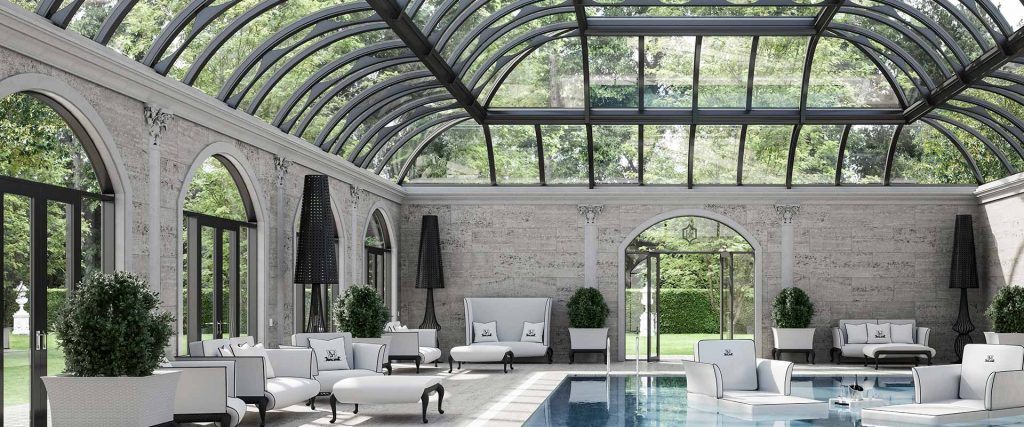Passive House and Energy Efficient Windows Offer
Here at OPEN AWD, we are increasingly aware of the fact that global warming is quickly becoming everyone’s problem. As sellers of windows and doors, we realize the difference we can make is limited. However, we are constantly trying to find new ways to help you make your home more energy efficient and sustainable. This is why we are excited to introduce you to our new range of Passive House windows and doors. For a limited time only, we are offering a 50% discount on certain windows from our Passive House-certified range. If you don’t already know about what the Passive House concept could mean for your home and the environment, we have put together some useful information on it below.
What is Passive House?
Passive House is a building standard that promotes thermally and energy efficient homes. Created in Germany at the end of the twentieth century, the Passive House concept has since become the global standard in sustainable design and energy efficiency. Through a combination of extensive insulation, thermally broken, airtight windows and doors, and an energy recovery ventilation (ERV) system, your home’s heating and cooling needs can be reduced by up to 90%. The result produces a home which is extremely cost effective and whose temperature is highly regulated.
The idea behind Passive Homes is simple: achieve the maximum amount energy for the least amount effort or cost. Then, energy within the home is maintained through insulation and an ERV system. Installing passive house-certified windows is a great starting point to cut down on your energy bills.
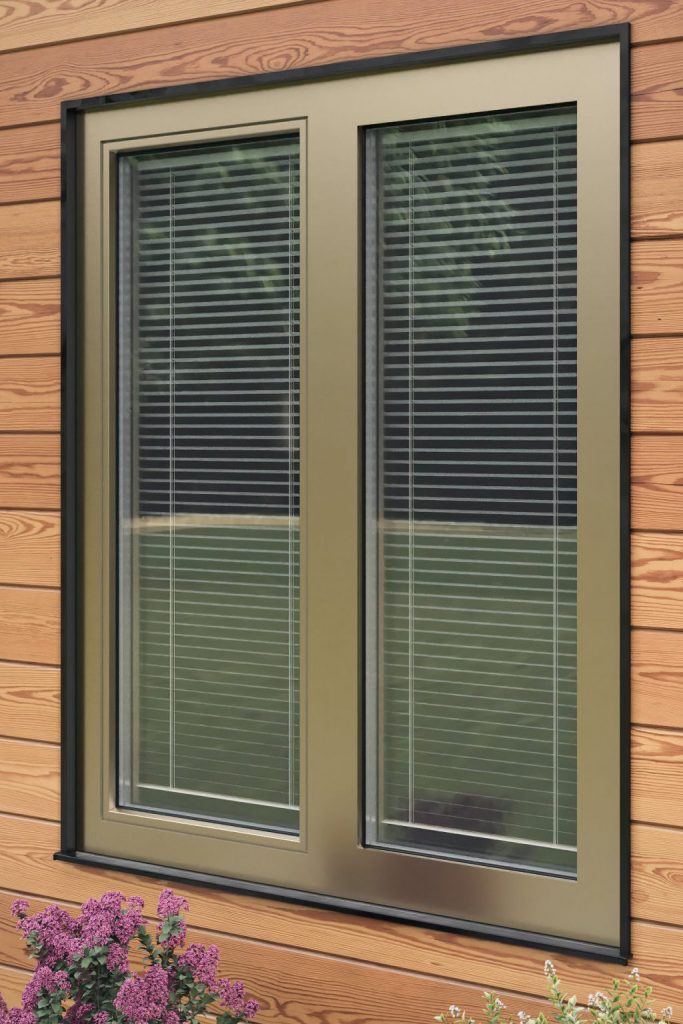
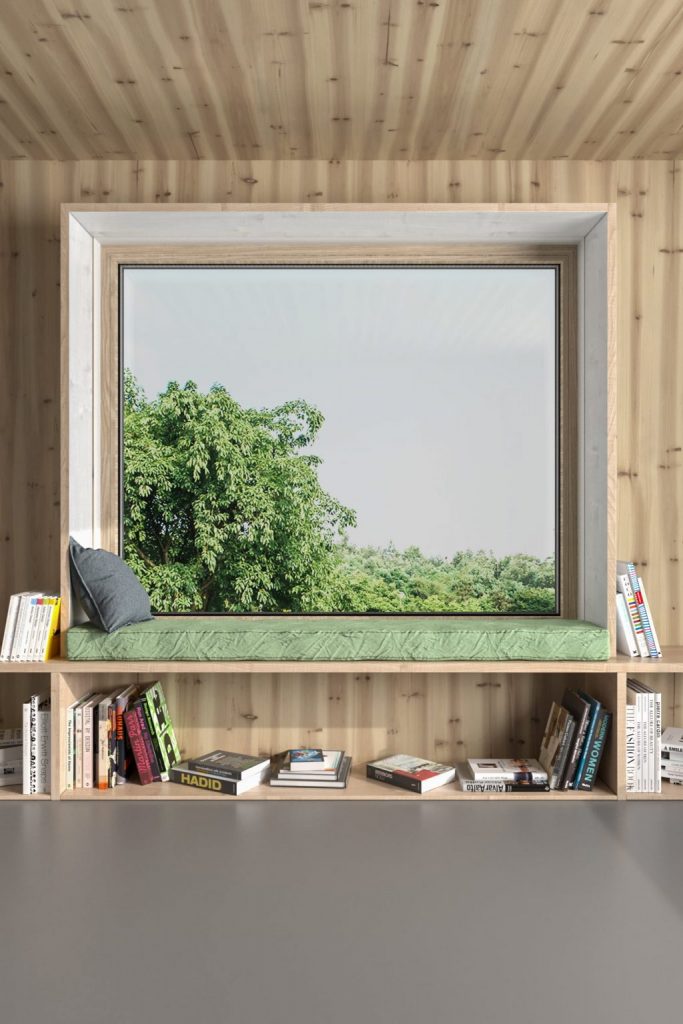
What Makes a Passive House Different from a Standard Building?
Why Do Standard Buildings Use So Much Energy?
Most homes are fitted with heating, ventilation, and air condition units (HVAC) which are used to heat and cool their home. As your home’s internal temperature fluctuates, your ventilation and cooling systems kick in, overcompensating for the temperature change by stabilizing it. Constant heating or cooling can result in significant energy expenses.
Some of the primary reasons for high energy costs are:
- Non-airtight Windows and Doors
- Insufficient Insulation
- Open Fireplaces
- Minor Cracks in the Building
This means that the average home uses uses most of the energy spent heating or cooling it very inefficiently. These HVAC systems are costly and represent an average of 40% of most people’s home energy bills.
How Do Passive Houses Work?
Passive Houses, on the other hand, retain all of this energy for three reasons:
- Excellent, Airtight Windows and Doors
- Continuous Insulation
- Energy Recovery Ventilation (ERV) Systems.
Of these three, the single most important factor is airtight windows and doors. While ERV systems and proper insulation are important, airtight, thermally broken, triple-glazed, argon-filled windows and doors are the single most important step towards making your home Passive House-certified.
Frankly, windows will represent the biggest part of your investment in making your home Passive House-certified, but no other investment in your home will result in a greater return.
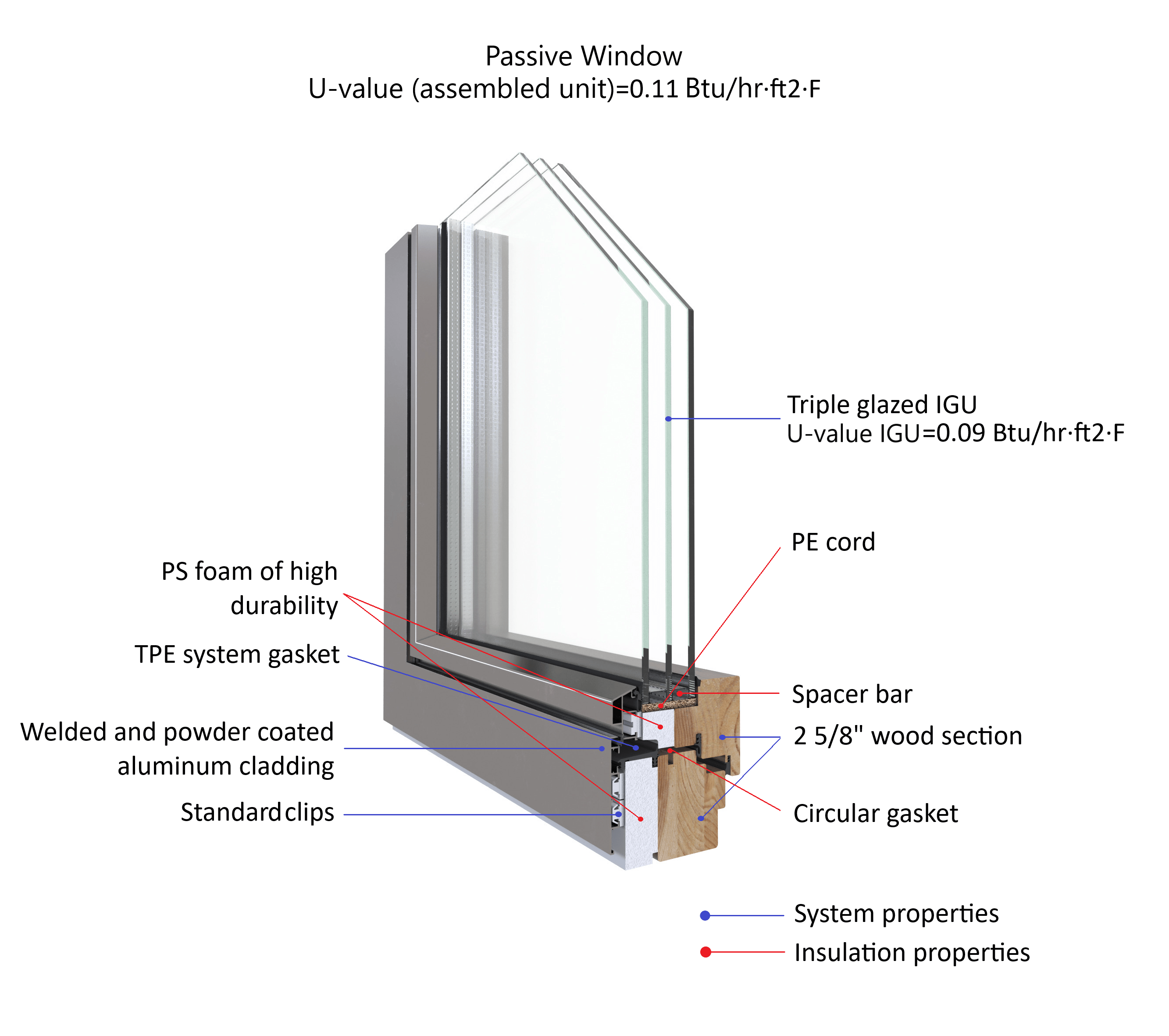
Why Choose Passive House Design?
Reduce Your Carbon Footprint
Firstly, passive houses have a significantly smaller carbon footprint than standard homes. Accordingly, passive houses, on average, use 1.5l of oil (1.5m3) per square meter of space over the course of an entire year. This equates to spending 90% less than the average homeowner spends to heat and cool their home.
Save Money
Lastly, it is also worth pointing out that energy efficient windows can save you money. In addition to making your home more energy efficient, Passive House-certified windows increase property value. As homeowners become more conscious of the environment, the desire for sustainable homes grow. This trend is already evident in New York City. More and more developers and homeowners here are seeking to future-proof their homes.
Our Offer
At OPEN AWD, we have been providing the most energy efficient and innovative windows the industry has to offer for over a decade. This is why we would like to help you on your journey toward making your own home more efficient and sustainable.
We are offering thermally broken, triple-glazed, argon-filled windows at a 50% discount for a limited time only. This applies to 3” x 5” ($550 Fixed; $900 Operable) and 3’6” x 6” ($650 Fixed; $990 Operable). This does not include tax or shipping costs.
The offer is available until December 1 and applies to all of our customers. If you are interested, please contact us at info@openawd.com today. Someone from our team would be happy to discuss your options with you.
For more information on Passive House, please refer to the New York Passive House society, or this recent article about a recent Passive House remodel in Brooklyn.


